Maintaining a stable pH range within your hydroponics system is extremely important.
That’s why if you don’t learn how to keep pH stable in hydroponic, then you won’t be able to keep your system running for long.
The optimal range surrounding the root system and environment should be between 5.5 and 6.3. Keeping it within this range will allow the added nutrients to readily available.
A lack of available nutrients won’t allow the plant(s) to grow efficiently and/or effectively. They may become deformed and stunted as a result of malnutrition.
Routine checks are essential to ensuring balance within the system.
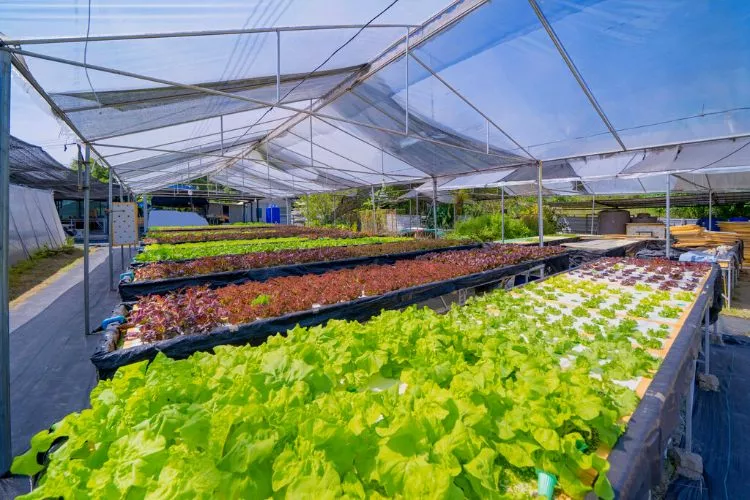
The simplest testing method is litmus paper, which comes with a pH tester kit.
You can use other technical testers, but they’re not essential. It’s best to add the required nutrients, wait 15-20 mins and then test the solution to see if the pH should be adjusted up or down.
In this article, our detailed research has enabled us to discover different methods to test, stabilize and maintain the pH levels through trial and error.
Let’s look at all related things in a little more detail.
Table of Contents
What pH should be maintained in hydroponics?
pH is a value that represents how acidic, neutral or alkaline a solution is. It is expressed on a scale which ranges from 1 to 14. Neutral sits in the middle with a pH value of 7.
Any value lower than 7 (between 1-7) is considered acidic. Any value higher than 7 (between 7-14) is considered alkaline.
The highest and lowest points of the scale (1 and 14) are considered either ‘highly acidic’ or ‘highly alkaline. The sweet spot pH value for a hydroponics system is 6 but can range between 5.5-6.3 depending on the type of plant and its nutrient requirements.
Maintaining the correct pH value for a specific plant dictates exactly how readily available nutrients can be absorbed at the time. A lack of nutrients means a lack of growth; it’s as simple as that.
Standard pH Ranges for Different types of crop grown in Hydroponic
There is no universal pH level for all plants. Each of them has their levels that they thrive in best. Here is a list to show the different levels compared to each other.
It’s best to try to grow plants with similar pH requirements to save from making too many unnecessary adjustments.
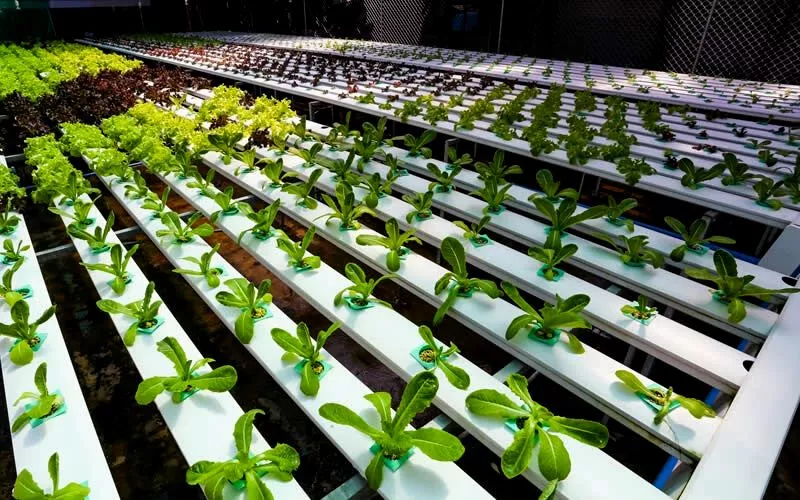
| Vegetables | pH | Fruits | pH | Herbs | pH |
| Potato | 5.0-6.0 | Melon | 5.5-6.0 | Mint | 5.5-6.0 |
| Cucumber | 5.5-6.0 | Pineapple | 5.5-6.0 | Basil | 5.5-6.5 |
| Zucchini | 6.0 | Watermelon | 5.5-6.0 | Chives | 6.0-6.5 |
| Garlic | 6.0 | Banana | 5.5-6.5 | Lemon Balm | 5.5-6.5 |
| Carrots | 6.3 | Blackberry | 5.5-6.5 | Parsley | 5.5-6.0 |
| Celery | 6.5 | Mango | 5.5-6.5 | Rosemary | 5.5-6.0 |
| Lettuce | 5.5-6.5 | Strawberries | 5.5-6.5 | ||
| Eggplant | 5.5-6.5 | Cherry | 6.0-7.5 | ||
| Tomato | 5.5-6.5 | Peach | 6.0-7.5 | ||
| Peppers | 5.5-6.5 | ||||
| Broccoli | 6.0-6.5 | ||||
| Spinach | 5.5-6.6 | ||||
| Onions | 6.0-6.7 | ||||
| Cauliflower | 6.0-7.0 | ||||
| Cabbage | 6.5-7.0 | ||||
| Pumpkin | 5.5-7.5 |
How to Keep Ph stable in Hydroponic?
You can use several products to help stabilize the pH of your hydroponics system. Some are better used in the short term and for smaller systems. Other products work better on a larger scale.
Look at the steps of how to keep pH stable in hydroponic so that you can regulate it if need be.
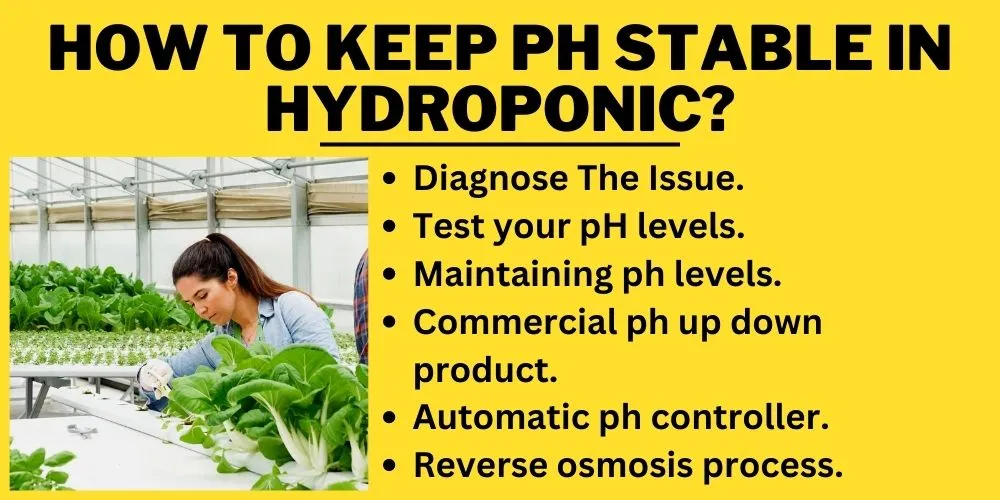
First Diagnose The Issue: Why pH Levels Change in Hydroponics Systems?
The first course of action must be taken is to determine why the levels are changing. This requires investigating what your system is currently doing and then taking action based on the findings.
The pH of the nutrient solution can be affected by several factors. One is the addition of Cal-Mag. Cal-Mag is a liquid supplement that helps to provide your plants with Calcium, Magnesium and Iron.
These 3 minerals are extremely important in assisting the growth of flowers and fruits/vegetables/herbs are grown in a hydroponic system.
Calcium and Magnesium, especially, raise the pH of the whole system as they are diluted and soaked up. Although these minerals are essential, it’s important to note any spikes in the pH so they can be adjusted accordingly.
Furthermore, maintaining a balanced pH level allows these minerals plus others to be soaked up effectively. When the pH is too high for the growing plants, excess salts can build up around the root system.
This can cause dehydration if undiscovered and/or unattended as soon as the problem arises. If the pH is too low, the nutrients won’t readily available. This reduces the plant intake and stunts their growth as a result.
There are several other factors which cause a Ph level to become unbalanced. These include different/wrong types of nutrients, organic and inorganic growing media, fungi, temperature, water etc.
Why does my pH keep going up hydroponics?
Most (not all) nutrients are generally classified as slightly acidic. So, the acidic nutrients become diluted when the growing plants soak them up through their root system. This causes the solution to become more alkaline as a result.
The more alkaline the solution is, the higher the pH becomes. Additionally, the growing media used in the system can raise the pH level. The media acts as a buffer and provides it’s own pH.
It’s similar to how soil works in the readjustment of pH via it’s minerals.
Why does my pH keep dropping in my hydroponics?
As the pH can rise, it can also fall. Especially without notice. There are a number of factors that can cause a hydroponics pH to drop. The most common reason is a malfunctioning hydroponic system.
If the system has any connection or other technical issues, it can leak or even simply not provide the plants with adequate nutrients.
These factors alone can lower the pH just by diluting any available nutrients. Additionally, a build up of algae can cause huge fluctuations.
The algae likes to eat the acidic carbon dioxide during the day and then when evening rises the pH right then when night comes, they come crashing down.
Lastly, the bacteria that forms when a root disease is present can also cause sharp drops in the systems pH levels.
When the disease infested root begin to die, the bacterias feasting there will discharge acids into the system. This sinks the pH levels extremely fast.
2nd Test your pH levels
Testing your hydroponic system’s pH levels is one task you need to get used to. It’s something that should be conducted regularly.
You should test almost every day in the beginning to get used to your system and how it reacts the the nutrient solution provided. Once you’re comfortable, you can scale back to before adding nutrients and after.
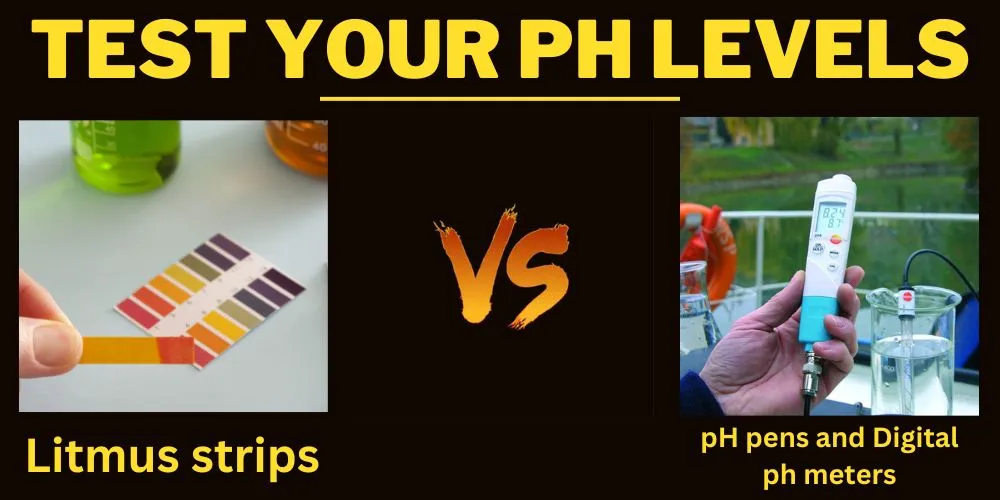
There are a number of different products you can use to test the pH of a hydroponics system. The most common include the following:
Litmus strips
Litmus strips are small strips of pH sensitive dye filled paper. Once these strips are dipped in any solution, the dye will be visible with either a color or number.
The colors or numbers can be matched on a chart which usually comes with the kit to reveal the pH value of the solution. They are the easiest way to test for pH and possibly the cheapest!
Hydroponic pH pens and Digital ph meters
These types of meters are extremely accurate but also more expensive. These things work by calibrating them first to your desired pH level. Then using that calibration to see how much higher or lower your system needs to be adjusted using the required chemicals.
- Calibrate – Fill a glass of distilled water and add either pH up or down until you reach the right pH for your system. Stick the digital meter into the water and press calibrate/save. It should give a digital pH reading and save it into the meter.
- Clean – Next you should always clean the meter with distilled water between each calibration and tes to ensure the reading is accurate. Give it a good wipe with a tissue or towel to dry it off before use.
- Test – Use the calibrated pH number in your nutrient solution to check the value first and then add either pH up or down to adjust accordingly.
Maintaining ph levels
Once you have the result of the test. It’s a good idea to record it along with the date so you can better understand how your system is performing overall.
The results will tell you whether you need to raise or lower the pH of the reservoir. It’s as simple as that.
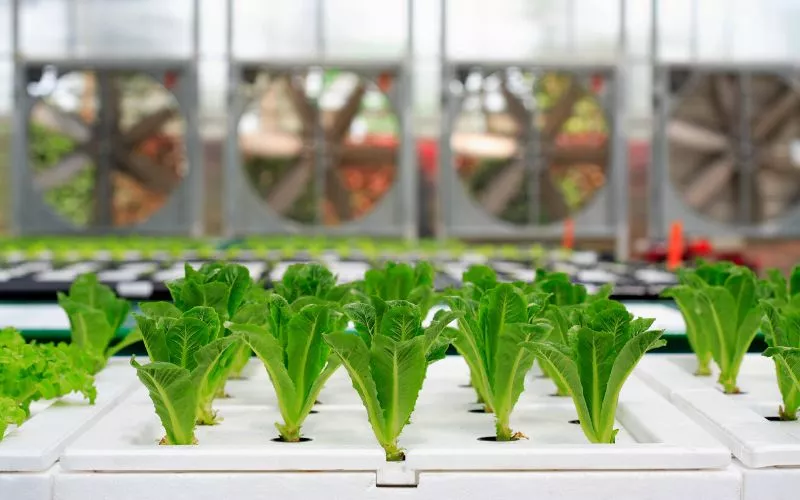
If you only have a smaller system and need short term changes, you can use household products to help adjust the pH. Applying baking soda and potassium carbonate products will help raise the pH levels. In contrast, adding vinegar or citric acid can help lower the pH.
Again, these should only be used short term. For more accurate results, regardless of the size and intricacies of your system, the following products are much more beneficial.
Commercial ph up down product
pH up and down products are the cheapest and easiest way to raise or lower your pH levels. They work exactly as the products are named. If the pH is low, you add pH up; if it’s high, you add pH down.
Automatic ph controller
In addition to the previously mentioned products, installing automatic controllers can distribute the products at the touch of a button. They can measure, monitor and adjust the level of a systems pH.
This equipment costs a fair bit more but saves the headaches of doing it all manually. You simply set the system up with the required presets and control the amounts administered over time.
Reverse osmosis process: In case of hard water is used in your system
Installing a reverse osmosis into your hydroponic system will help filter out almost all impurities. This leaves only fresh, clean water to enter the system.
They help to remove a huge range of chemical contaminants such as magnesium, potassium, nitrate, and phosphorous.
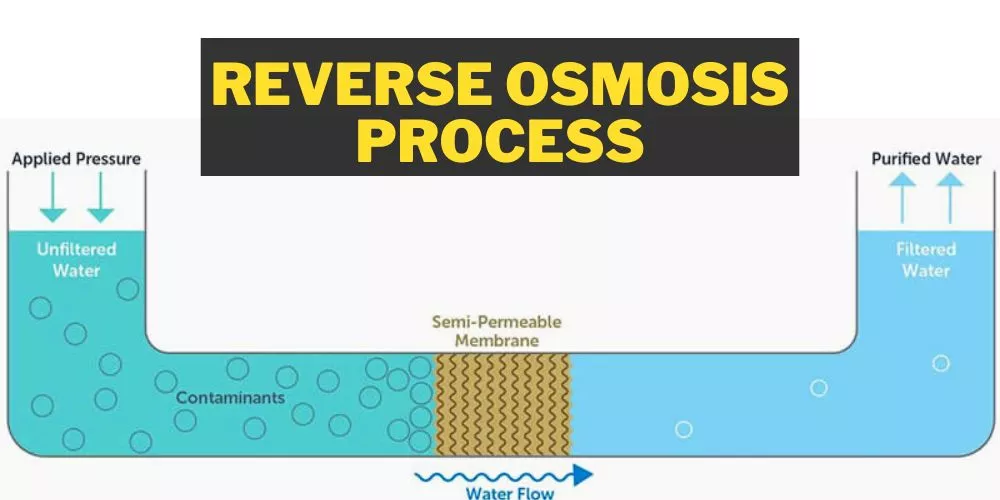
They can also help reduce arsenic, fluoride, radium, sulfate, calcium. Furthermore, they can minimize metal ions and aqueous salts, including sodium, chloride, copper, chromium, and lead.
Frequently Asked Questions (fAQs)
How to prevent Overdosing with pH adjusters?
Overdosing can be minimized or prevented by first taking numerous checks and recordings of the systems pH levels. Additionally, it’s always best to use slightly less of either pH up or down in the beginning to get used to how the system operates and performs. If the pH is too high, you can dilate it with fresh, distilled water. If the pH is too low, you can add more nutrient solution to slowly raise it again.
Do you adjust pH before or after nutrients?
It’s best to check the pH levels of your solution before you do anything. Then add the nutrients in to the reservoir. Wait 15-20 mins and test the pH again. Only then should you adjust the pH accordingly. Checking before and after will allow you to see the how your system responds to the nutrients.
How often should I adjust the pH hydroponics?
You should adjust the pH only when it is required. It’s always best to take routine checks to ensure the system works as it should and that nothing is hindering its performance. Check before adding any nutrients. Add nutrients, then check again. Wait 15-20 mins for the nutrients to settle and then check again. This way, you can see how the system responds to the nutrients.
Conclusion:
Keeping the pH levels of your hydroponic system can be a daunting task. But, it doesn’t have to be. As long as you take routine checks, before adding anything, after adding and then after adjusting the pH, you should be able to fully control the system without any issues.
We hope that this article on how to keep pH stable in hydroponic has been helpful and we look forward to continue increasing our growers knowledge in the future. Happy growing!


